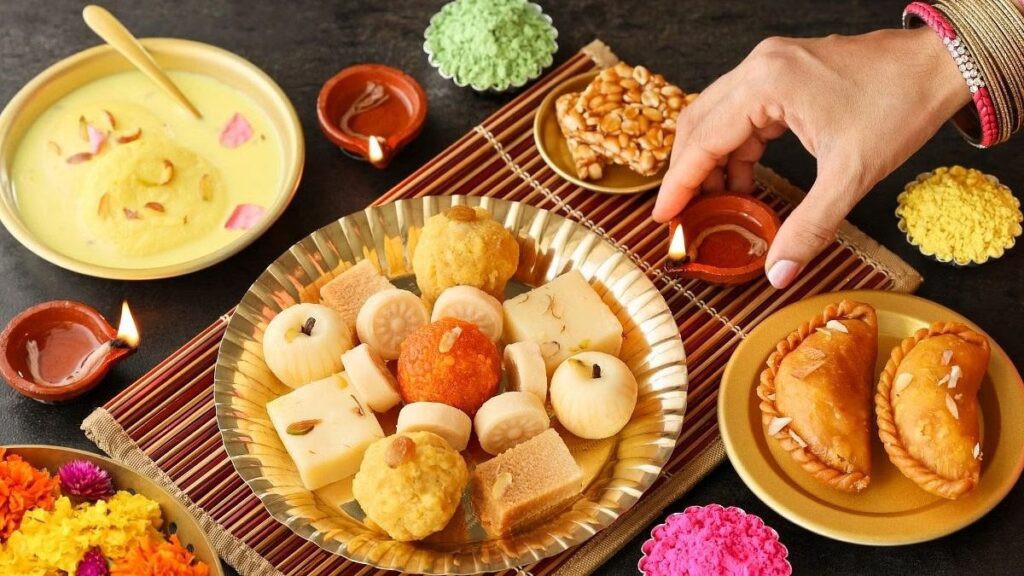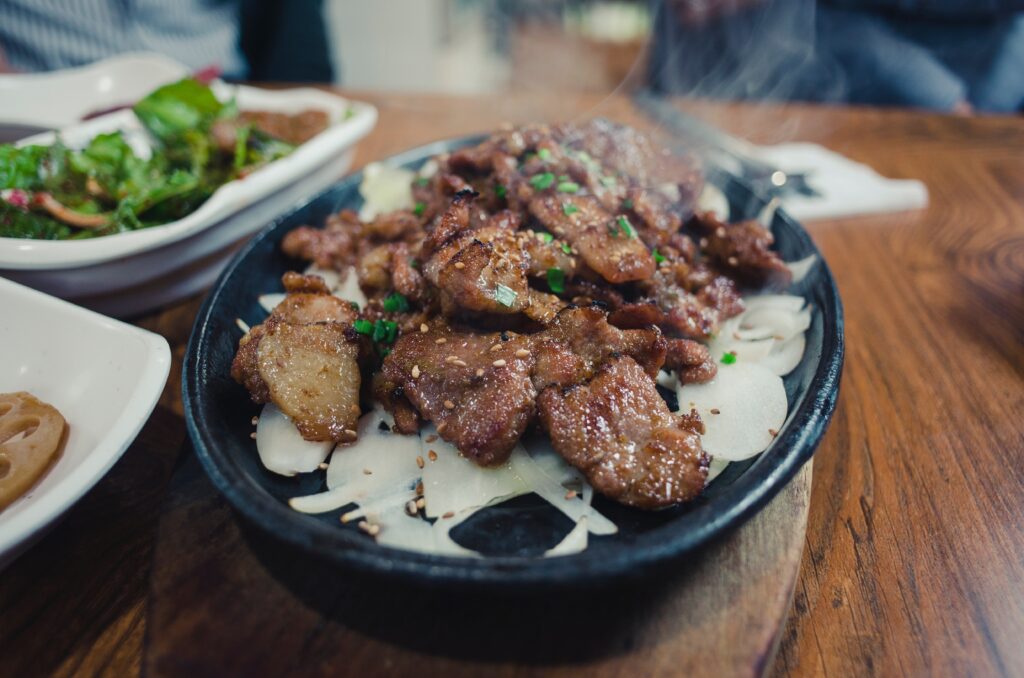Chronic Kidney Disease (CKD) refers to progressive failure of kidneys. It is an irreversible damage and may last from several months to years before getting worsened to end stage kidney disease (ESKD). There are in all 5 stages of CKD and the last i.e. V stage is referred to as ESKD which requires dialysis or kidney transplant. Individuals with kidney disease are usually prescribed an Indian Renal diet Recipes which is known as kidney diet or a renal diet (renal refers to kidneys). This kidney diet is specially designed to:
- slower the progression of renal disease
- Avoid malnutrition that may arise due to poor food intake
- Avoid complications that may arise from kidney disease like fluid overload (excessive accumulation of fluid in the body that may lead to swelling on feet and/ or face/ breathlessness/ raised blood pressure) or secondary hyperparathyroidism (high level of parathyroid hormone in the blood which is secondary to kidney disease), etc.
The kidney diet is restrictive in terms of several elements like salt, proteins, potassium, phosphorus as well as fluid. With numerous restrictions, there are limited options in terms of ingredients as well as recipes that one can prefer when one is on a kidney diet. Hence, the only option that remains is to modify the traditional recipes or prefer suitable alternates that may be suitable for kidney disease.
The major modification that needs to be considered is lowering the amount of salt, choosing the right type of salt (i.e. sodium chloride and avoiding salt substitutes), and avoiding any artificial food additives. While a Renal Dietitian or dietitian consultant can train you to modify your favorite Indian Renal diet Recipes as well as festival-special recipes to suit your health as per your body parameters; a few recipes that may be considered safe (after making modifications) have been outlined herewith for the upcoming festival season i.e. Diwali:
1. Namak para/ Nimki/ Sakarpara – The original recipe contains whole wheat flour/ maida, however; in order to make it suitable for kidney patients, one can prefer a combination of sieved wheat flour and rice flour in 1:1 ratio. As rice flour contains lower amount of proteins and significantly lower amount of potassium and phosphorus as compared to wheat, it can be preferred in higher amount as well. In order to avoid deep frying, one can fry them in an air fryer using less amount of oil. Caution should maintained by using less salt. One can also add kasuri methi to this Indian Renal diet Recipes, if needed.
2. Kachori: The outer covering of kachori is made up of maida which can be replaced with a combination of singhare (singhade/ water chestnut) ka atta and arrowroot flour. Arrowroot flour acts as a good binder so the dominant flour should be singhare ka atta (80%). Both these flours contain lower proteins as compared to maida but it should be taken in moderation as singhare ka atta has high potassium content. For the inner filling, one can use the traditional 1-2 tsp moong dal filling using less amount of salt and spices in the Indian Renal diet Recipes . Kachoris can be baked in an OTG or an electric tandoor.
3. Murruku/ Chakli – Prefer rice flour based murruku/ chakli rather than wheat flour or chana flour (besan) based in order to keep protein, potassium as well as phosphate content lower. Murrukus/ chaklis may need to be deep fried, so prefer using an oil with a healthy blend like ricebran oil with safflower/ sunflower oil and the one containing losorb technology. This technology results in lower uptake of oils by the food items.
4. Sev/ tikha gathia – Sev/ tikha gathia both are same in terms of their ingredients and are predominantly made from chana flour (besan). In order to make it kidney friendly, one may use rice flour or a combination of rice flour and singhara flour (or singhada flour) in 70-30% proportion. Again, as both these recipes needs to be deep fried; using an oil which is a healthy blend is important and it is vital to avoid refrying in the same oil once done. Pre-planning and pre-preparation of all the flours is essential in order to avoid refrying in the same oil after few hours/ next day.
5. Alu bhujia – Instead of modifying this recipe using different flours, one can also opt for another healthier, easy and quick snack option for kidney patients – i.e. homemade popcorns made from dried corn kernels. Corn kernels can be popped at home in a pressure cooker using minimal oil and salt. Different flavors can be added by using spices like red chilli flakes or dried mint (pudina) powder or dried onion and garlic powder. It is important to avoid using ready-to-eat popcorns as it contains excessive salt and oil. Remember to prefer having this also in moderation.
6. Puri/ Thattai/ Chekkalu– Puri is a traditional Indian tea time snack which is made using different spices in different states. It is mainly made up of wheat flour or maida. Chekkalu is an Andhra Pradesh style crisp puri which is made up of rice flour and contains spices like green chillies, curry leaves and ginger along with salt. This is a perfect Indian Renal diet Recipes in Diwali for patients with kidney disease, keeping the salt content on a lower side. It can also be made in an air fryer in order to reduce the amount of oil.
7. Poha chivda – It is a delicious and healthy mini snack and can be enjoyed by kidney patients as well as patients on dialysis. Few modifications needed include omission of coconut slices and addition of less amount of salt. One can opt for roasted peanuts in place of fried peanuts in this recipe.
8. Gulab jamun – For kidney patients it is ideally important to select homemade foods and at the same time also avoid using pre-mixes of sweets like gulab jamun. As this recipe is made up of maida, milk powder and baking soda, it is ideally not recommended to choose this recipe. Instead of gulab jamun a better and kidney friendly alternate is rawa laddo. It can be prepared using rawa, rice flour, ghee, sugar and elaichi powder. One should avoid adding coconut to rawa laddos. Patients with diabetes can opt for an artificial sweetener instead of sugar.
9. Laapsi – Laapsi (made from broken wheat) is a traditional Indian sweet made during pooja time. It is safe for kidney patients when preferred in moderation i.e. half katori. Patients with diabetes and ones with high potassium (above 5.1 mEq/L) can prefer adding artificial sweetener (stevia powder) instead of jaggery as jaggery can increase the blood sugar as well as serum potassium.
10. Nankhatai – You can prepare nankhatai as per the conventional method using seived wheat flour, rawa, sugar, ghee and pinch of elaichi powder. Patients with diabetes can add artificial sweetener (stevia powder) instead of sugar. Patients with heart disease can prefer using cow ghee instead of buffalo ghee in this Indian Renal diet Recipes.




Thank you. can carrot halwa be eaten by a
CKD PATIENT?
Yes, sure, if someone is a diabetic then addition of artficial sweetener like stevia is allowed too